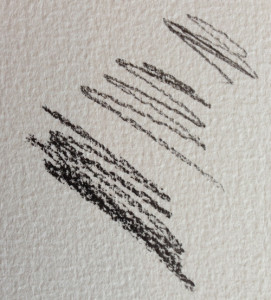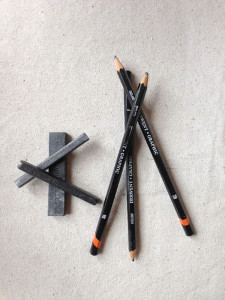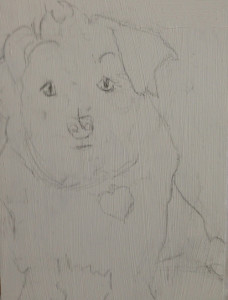Since 1988, I have had the privilege of teaching classes through the Gibbes Museum of Art. Young, old and in between, my students have been enlightening and challenging with many becoming long-term friends, supporters and collectors. Drawing and painting classes for all ages, photography classes for teenagers, summer camps, printmaking for camp and teenagers, an hour here, nine hours there—they have all been fun, educational times for me as much as the students.


The class I teach these days for the Gibbes is held at Corrigan Gallery and is limited in number so that no one has to carry tables and chairs around to make it possible. This creates an intimate setting for developing or expanding one’s drawing abilities and creative talents. I designed it to adjust to each student’s needs and levels. In many ways, the start of my 25 years of teaching was the result of filling in the gaps in my own art education. I loved studying about the materials available, how they developed and were made, and then having the students experiment with them so that they could begin the steps towards mastery of them. With my classes, I evaluate the students and have them gauge themselves, as well as give them the chance to say where they would like to go with their skills and what their ultimate goals are. The classes are short, as people’s lives are so busy now, and participants can escape easily taking with them the tools to better drawing!

Until recently, the basic drawing class used a chair as the subject for the first half of the series and then a lovely, decrepit old bicycle for the second half. Oh, what moans and groans when we switched to the bike! Yet, by the end of the session, the students felt the bike was much easier to conquer than the chair. We still use a chair or stool for the class and then move on to whatever surprise is necessary to challenge the individuals, sometimes with different subjects for each student. During the three-week session, we focus on moving the individual student’s skill to a level beyond their current one versus the exploration of materials.


As I firmly believe drawing is the basis of all art (yes, even of abstraction)—and that we must all learn to recreate the literalness of what we see before us before we move beyond the veil of reality to something more ethereal—the class is about drawing what we see. Approaching the delicate balance of pushing past barriers and frustration, we seek to hone our eyes and skills (and yes, you already have skills… you can sign your name can’t you?). The process and methods are very simple, but take a great deal of practice to put us where we wish to be in our creative process. From blind contour drawings through sketches to finished pieces, we explore our own mark making. Come try it—with a three-week class of one and a half hours each week, it cannot hurt, but it sure can help!
—Lese Corrigan, artist and owner of Corrigan Gallery, and guest blogger
Visit the Gibbes Museum online calendar of events to register for this and other studio art classes.
Published March 6, 2013

